Nope, never going to eat wild mushrooms.
Then about a decade later, chanterelles and morels started showing up at local farmer's markets and grocery stores. Somewhat hesitantly, I bought a few and brought them home to cook.
Chanterelles were my gateway wild mushroom. Sauteed in butter and olive oil until slightly crisp, then folded into an omelette or spooned atop roasted chicken or fish, they quickly became a seasonal regular in my kitchen.
Since then, I've experimented with porcini, oysters, lobster, and other varieties of wild mushrooms.
Over the years, I read about "foodies" foraging for mushrooms and found blogs like Fat of the Land devoted to foraging. But I didn't know anyone directly involved and pined for an invite from afar...until this year, when I finally got invited to go hunt for morels.
I was seriously thrilled.
Of course I've been sworn to secrecy, but I will tell you we left Seattle around 6 a.m. on a late spring morning. I can't tell you which direction we traveled, but we were in the Cascade mountains.
 |
| Blond morel |
“Morels thrive after wildfires because they are feeding on the released carbon and minerals after a fire,” says David Rust, a co-founder of the Bay Area Mycological Society. “Post-fire they give off their spores and regenerate.”
After we parked, I followed the others up a steep slope into the burned woods with my basket and small knife. As we spread out, pretty soon I heard whoops of joy. Not long after, I spied my first morel. Whoops all around!
Carefully observing the ground all around and in front of me with each step engaged all my senses. While I make attempts to practice Zen meditation, this was truly Zen meditation. Paying attention, each second, to what was in front of me.
Just this.
 |
| Factoid: Mushrooms are not a plant or vegetable. Their DNA is more closely related to humans. |
Besides our occasional calling out to each other, it was quiet, with just the sounds of the forest, birds, and occasional breeze rustling branches and shrubs. At one point we heard a strange whumpf sound that I thought was a bear, until we realized it was a small night hawk circling overhead.
I must say, it was all addicting, the thrill of finding a morel or patch or morels, being on a mission in the wilderness without the distractions of "regular" life.
It was hard to tear myself away when it was time to take leave and return to the city. I harvested about 5 pounds, but the others, more experienced, got 9 and 11 pounds.
For a few days it was all I could do to cook and eat them (it's not good to overdose on them, even if they're an edible mushroom) and give some away. So my patron/inviter dried the rest for me. They're excellent reconstituted in water and thrown into risotto, salads, soups, and more.
Overall it truly was a bucket list experience. I'm grateful for the splendid day, and I'm happy to have plenty of dried morels to take me through the winter.
So how about you? Have you foraged successfully for wild mushrooms? I'd love to hear in a comment below.
 |
| . |
Happy trails and thanks for visiting Pacific Northwest Seasons!
In between blog posts, visit Pacific NW Seasons on FaceBook, Twitter, and Instagram for more Northwest photos and outdoors news.
When You Go
Don't go unless you're with an experienced forager! I don't want anyone ending up like those people at the dinner party in Portland many years ago.
















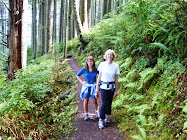

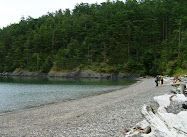
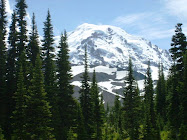


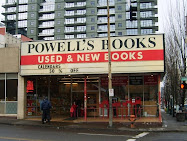
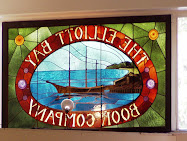
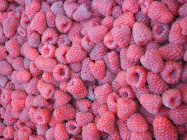
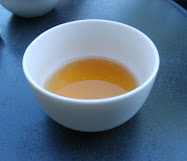
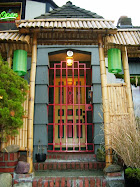


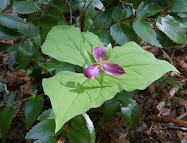

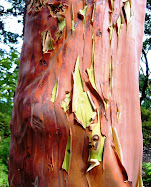

2 comments:
I'm surprised that they are so hard to find that you have to keep the location secret. People around here (MA) are picking them in their yards or wooded areas. Friends in other states find them with ease too.
Hey JoJo, good to hear from you! Mushrooming has become a big,commercial competitive deal here, so people keep their favorite places secret generally. So a fresh burn spot like this would be overrun with foragers if the word got out. It's also about not stripping the resource.
Post a Comment